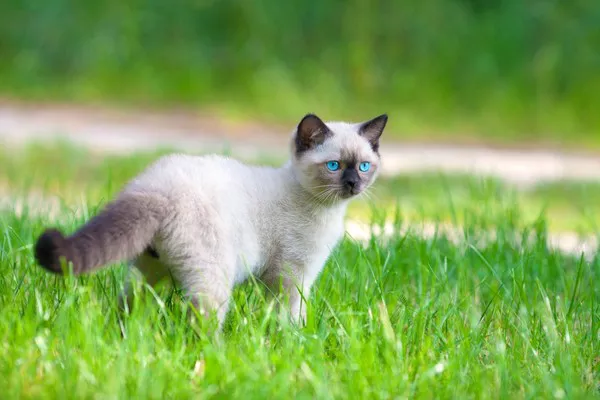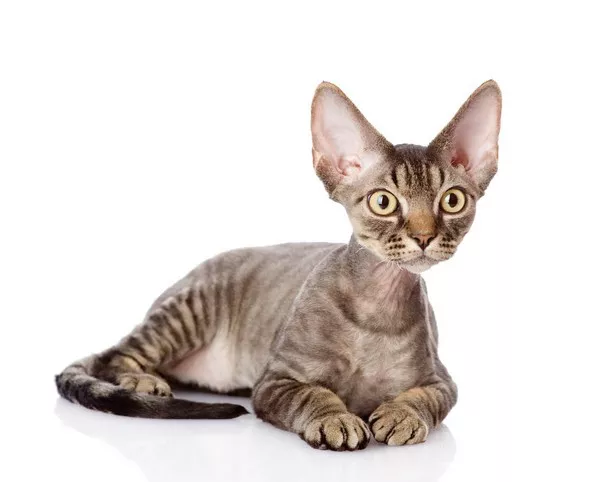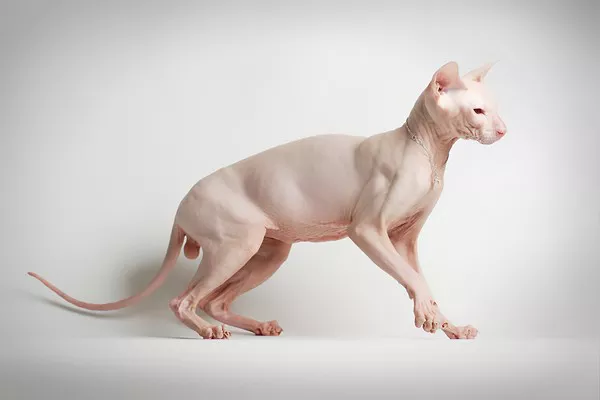Welcoming a litter of kittens into the world is a heartwarming experience, but sometimes unforeseen circumstances arise, leaving a mother cat unable to nurse her newborns. This can be a distressing situation for both the feline family and the caretaker. In this comprehensive guide, we’ll explore the reasons behind a mother cat’s inability to nurse, offer step-by-step solutions to address the issue, and provide insights into ensuring the health and well-being of the kittens.
1. Reasons Why a Mother Cat Can’t Nurse
A mother cat’s inability to nurse her kittens can stem from various factors, including:
Health Issues
Some health issues, such as mastitis or infections, can make nursing painful for the mother cat. These issues might lead her to avoid nursing altogether.
Stress or Anxiety
Stressful environments, sudden changes, or disturbances can cause a mother cat to feel anxious. This anxiety might impact her nursing behavior and bonding with the kittens.
Insufficient Milk Production
In some cases, a mother cat might not produce enough milk to meet the nutritional needs of her growing litter. This can leave the kittens hungry and malnourished.
2. Steps to Address the Issue
When faced with a mother cat unable to nurse her kittens, consider the following steps:
Consult a Veterinarian
First and foremost, consult a veterinarian to rule out any underlying health issues. A professional evaluation will guide you in understanding the exact cause of the problem and how to address it.
Bottle Feeding
If the mother cat can’t nurse, bottle feeding becomes a crucial alternative. Choose a high-quality kitten milk replacer and follow precise feeding instructions to ensure the kittens receive the necessary nutrients.
Stimulate Nursing Behaviors
Sometimes, the mother cat’s reluctance to nurse can be due to stress. Create a calm and quiet space for her and the kittens. Gently stimulate her nipples to encourage nursing behavior.
Foster Care
If the mother cat’s health prevents her from nursing, consider placing the kittens with a nursing cat who can care for them. Ensure proper introductions to ensure a smooth transition.
Weaning to Solid Food
As the kittens grow, introduce them to high-quality kitten food. Gradually transition them from milk to solid food to support their development.
3. Ensuring Kittens’ Health and Well-being
Ensuring the health and well-being of the kittens is paramount during this challenging time. Here are essential steps to take:
Regular Vet Checkups
Schedule regular checkups with a veterinarian to monitor the kittens’ growth and address any potential health concerns promptly.
Proper Hygiene
Maintain a clean and hygienic environment for the kittens. Clean their living area, litter box, and feeding equipment regularly to prevent infections.
Socialization
Foster positive socialization by spending quality time with the kittens. This interaction aids in their emotional and behavioral development.
Nutritious Diet
As the kittens transition to solid food, provide them with a balanced and age-appropriate diet. Consult your veterinarian for dietary recommendations.
Gradual Independence
Encourage gradual independence as the kittens mature. This includes allowing them to explore their surroundings while ensuring their safety.
Conclusion
While a mother cat’s inability to nurse her kittens can be challenging, it’s important to remember that solutions exist to ensure the well-being of the feline family. By addressing the underlying issues, providing appropriate care, and seeking professional guidance, you can navigate this situation with compassion and success. Remember that each cat is unique, and tailor your approach to suit their individual needs. Your dedication and care will play a significant role in the kittens’ healthy development and bright future.



























